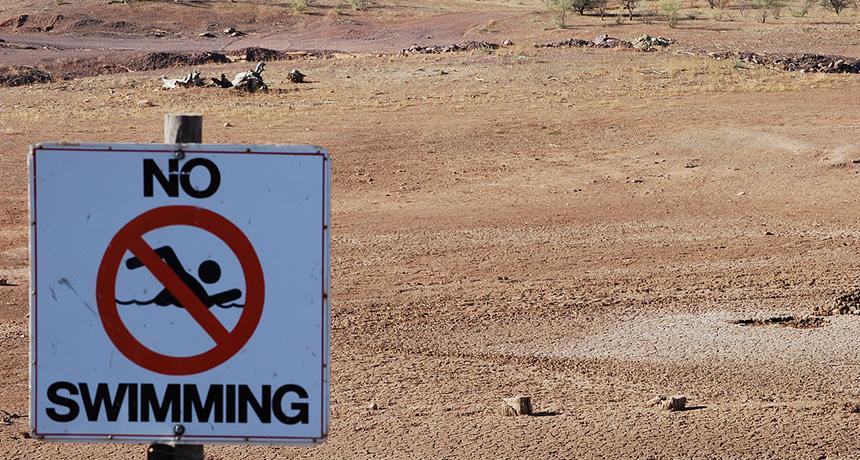
36,000 Weather Stations Prove More Frequent Extreme Weather
Share
- a 36,000 weather station survey has found that as Earth continues to warm, the number of extreme weather events continues to grow in frequency, intensity and duration.
- The research was based on the HadEX which analyses 29 separate datasets for extreme weather events. In particular,
A massive 36,000 weather station survey has found that progressive global warming has lead to growth in frequency, intensity and duration of extreme weather events.
Or in plain language: stinking hot days and much less frosty ones.
The research from the guys at the University of Tasmania is based on the HadEx dataset, which analyses 29 separate weather extreme records from the past 30 years (1981-2010) and 30 years prior to that (1951-1980).
The Results
Of special interest was the total number of days above 25 C or below 0 C and the number of consecutive days where rainfall is less than 1mm. Globally, the comparison of datasets shows an obvious increase in total above-average warm days across Earth.
Australia shows a wide increase in warm temperature extremes and heatwaves and a decrease in most areas in cold temperature extremes such as coldest nights. Rainfall trends dictating extreme falls have increased in the west and decreased in the east but can vary depending on the season.
Below, the darkest red indicates the greatest change from cooler to warmer days in a specified region.

Exceptionally warm days are becoming commonplace in Australia. Data sets from 1981 to 2010 compared to those from 1951 to 1980 show a substantial increase in warmth. In Australia's north has 20 more days of extreme warmth per year than older data sets and up to ten in southern parts. This is observed in all seasons but largely in spring.
This is shown below as the continuing trend of warm days into the future.

Many parts of Australia are experiencing less cold nights particularly in the north and eastern states. While inversely, many parts of the southeast and southwest of Australia are experiencing an increase in frost.
Australia is known for its extreme rainfall, especially in the north and west of Australia and data suggests the trend of wet days is continuing to slow as shown below.

New Zealand has experienced an increase in days over 25 C or more with unusually warm days increasing from 8% to 12% from 1950 to 2018 - with an average of 19 to 24 days a year above 25 C across the country.
Cold extremes are changing faster than warmer ones with days below 0 C declining all across the country especially in its northern parts. The issue has become so prominent farmers can grow subtropical pasture grasses year-round and crops requiring winter frost are no longer growing.
Across the country, winegrowers are having to shift their varieties further south due to the warmth.
Days within the top 10% of records are becoming more common in both Australia and New Zealand and during 2017-2019, marine heatwaves were experienced over 32 and 26 days consecutively. Far above the average of 20 days.
I conclusion, the dataset shows that more extreme weather events, such as total days warmer than average are happening more frequently and with greater intensity.
Rainfall intensity is either slowing or simply moving further south and we acknowledge more research is needed.
Where do you rate your climate change anxiety from 1 to 10?
Tell us in comments and tag a friend to spread ARSE far and wide!
#Space_Aus






